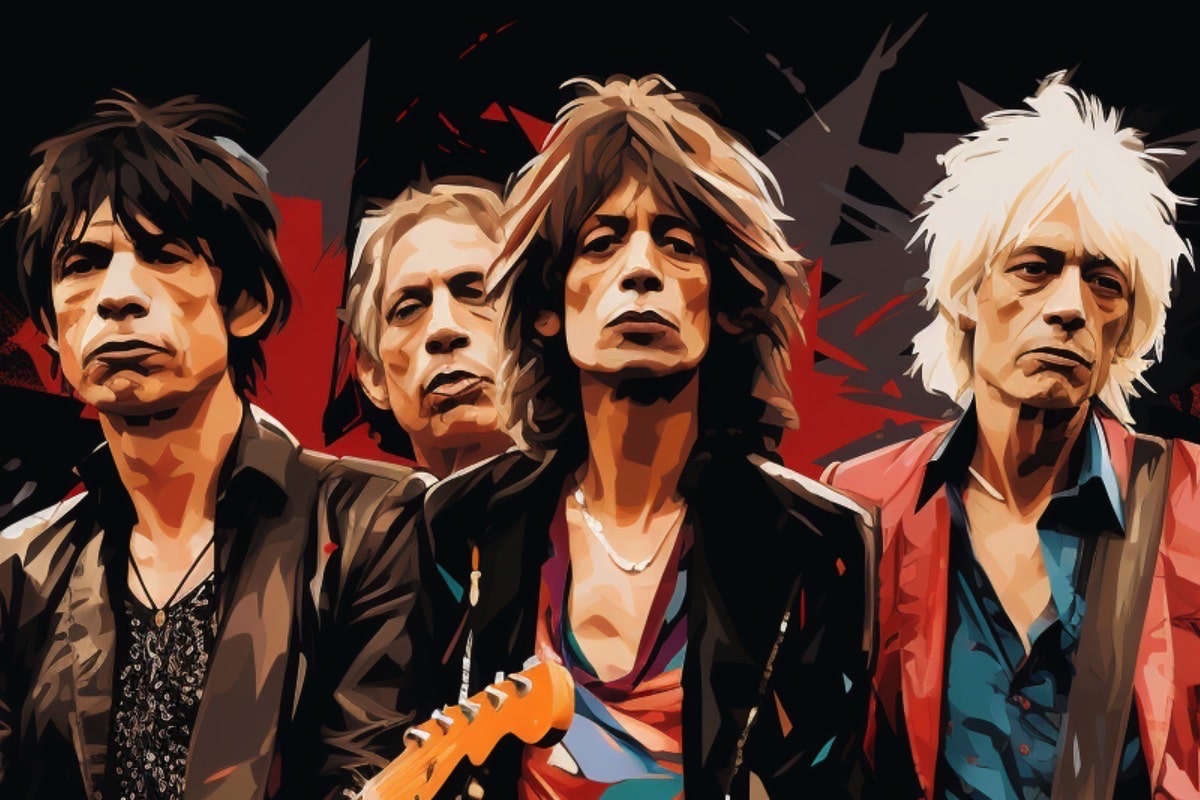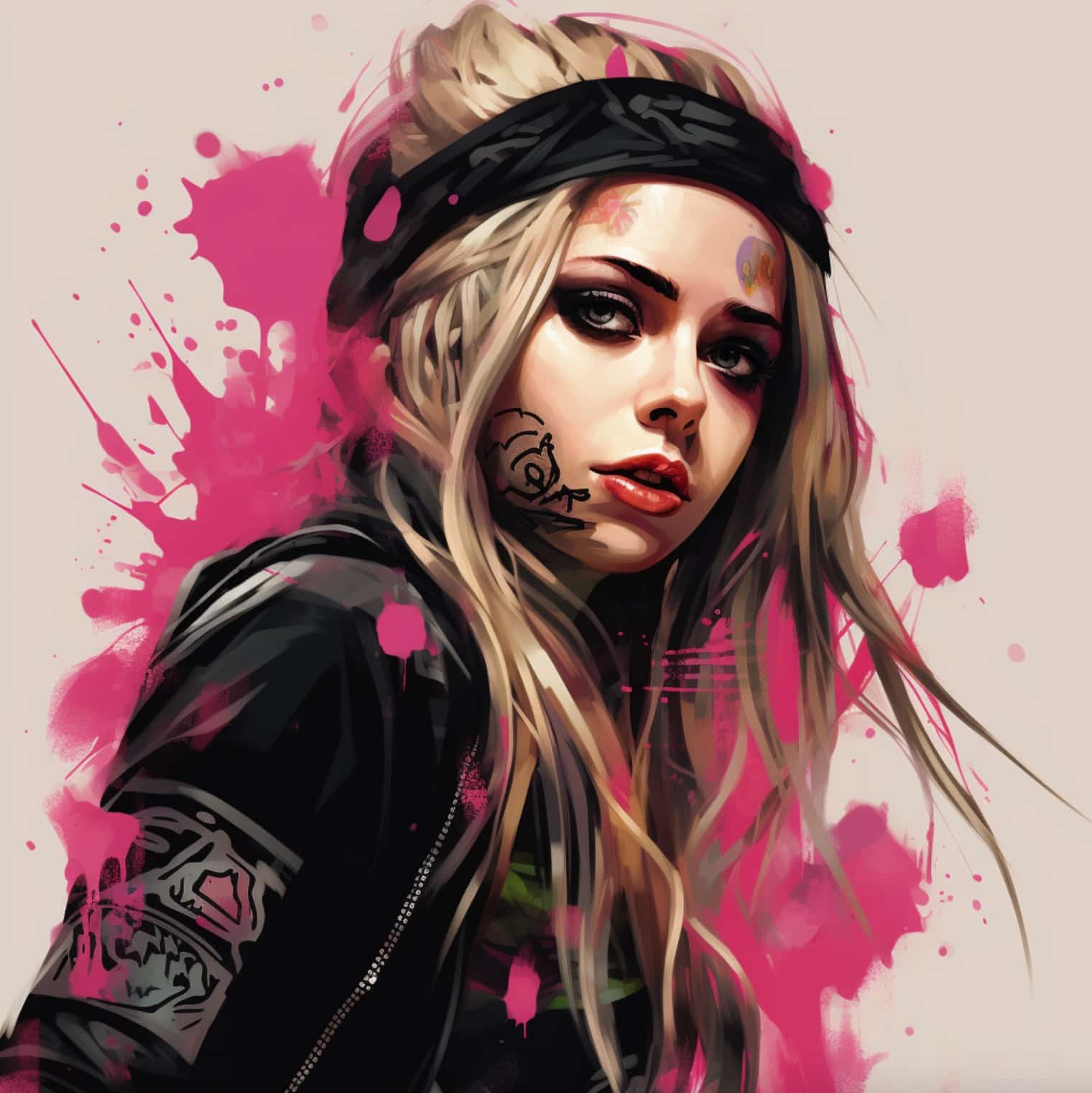In the sprawling universe of modern pop culture, controversies can arise from the most unexpected sources. The 5 Seconds of Summer (5SOS) drama with Rolling Stone magazine is a testament to that. For many artists, gracing the cover of the iconic Rolling Stone is a dream come true, a symbol of having “arrived” in the music industry. However, for 5SOS, their 2015 feature in the magazine became a lightning rod for controversy and backlash, not just from the general public, but also from their dedicated fan base. The incident peeled back layers on issues of media portrayal, artist identity, and the challenges of navigating fame in the digital age.
Before delving into the intricate details of the drama and its aftermath, it’s essential to understand the build-up, the players involved, and the stakes at hand. The roller-coaster ride of events that unfolded following the Rolling Stone feature served as a poignant reminder: in the age of instant communication, the line between an artist’s public persona and private life is blurrier than ever.

5 Seconds of Summer, an Australian pop-rock band, surged in popularity during the mid-2010s. Comprising Luke Hemmings, Michael Clifford, Calum Hood, and Ashton Irwin, the band cultivated a dedicated fan base, primarily composed of young, enthusiastic followers. Their image was somewhat of a blend: edgier than boy bands, but with the appeal and charm that captured teenage hearts.
In December 2015, 5SOS appeared on the cover of Rolling Stone magazine, accompanied by a feature article. While the exposure was massive for the band, the content of the article was unexpectedly candid. The members discussed topics ranging from their rise to fame, partying habits, and even details about their personal lives. Such revelations weren’t the primary cause of discontent; it was the tone and portrayal of the band that ignited controversy. Some comments, particularly those related to women and their personal relationships, upset many readers and fans. The image projected in the article was not the 5SOS that fans thought they knew.
The backlash was immediate. Fans took to social media platforms, primarily Twitter, to voice their disappointments and frustrations. Many felt that the portrayal was not only a misrepresentation but was also disrespectful. They believed that the narrative depicted by Rolling Stone did not align with the band’s previous image.
In the eye of the storm, members of 5SOS responded to the fallout. Michael Clifford tweeted his unhappiness about the piece, stating that he felt “stupid” for trusting the journalist. Other band members also shared their sentiments, expressing regret over how the interview had turned out.
The 5SOS Rolling Stone drama highlighted the delicate balance artists must strike in today’s media landscape. The pressure to be genuine, yet guarded, has never been more potent. It also underscores the power of dedicated fan bases who see their beloved artists as more than just celebrities; they see them as individuals with whom they share an emotional bond.
For 5SOS, the Rolling Stone episode was a learning curve, a realization that fame’s spotlight can sometimes burn. For fans, it was a stark reminder that media portrayals, no matter how iconic the platform, are just one facet of the multi-dimensional personalities of artists. In the digital age, where lines between personal and public are continually shifting, both artists and fans must navigate the complex waters of identity, representation, and reality.








